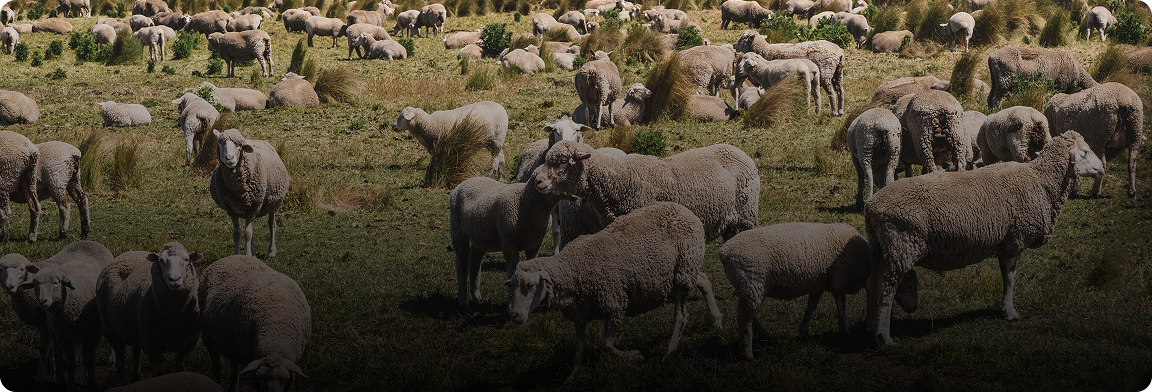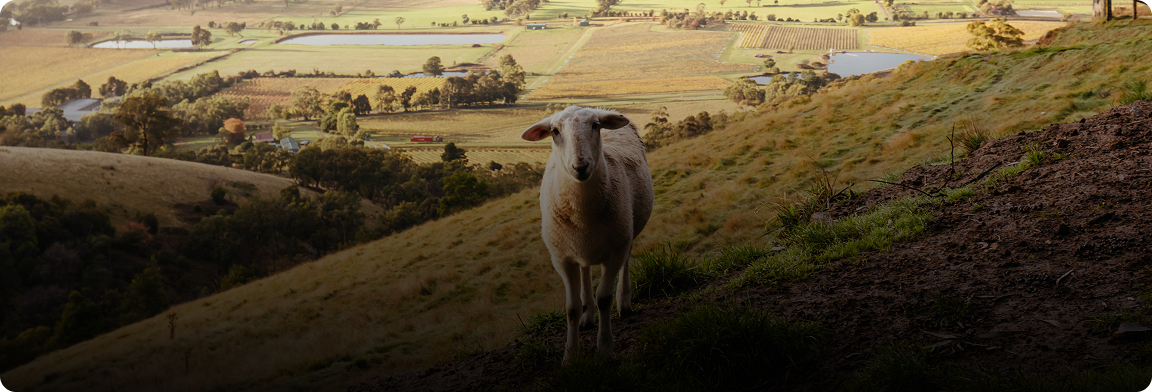Sustainable farming is about taking care of the environment while making sure the farm stays profitable. Farmers can grow crops and raise animals in a way that is good for the planet and helps their business. In this blog, we will explore easy ways for modern farmers to use sustainable practices and still make money. These tips will help farmers balance their business and protect nature. Let’s get started!
Why Sustainable Farming
Matters
Sustainable farming is important because it helps keep the environment healthy. It uses fewer chemicals and works with nature to grow food. This means less harm to the soil, water, and air. Additionally, it helps farmers save money in the long run by reducing the need for expensive chemical fertilizers or pesticides. Furthermore, sustainable farming keeps farms productive for many years, making sure farmers have good crops year after year. It’s a win for the planet and the farmer!
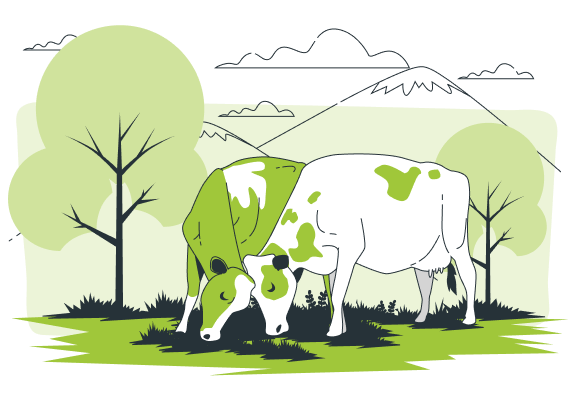
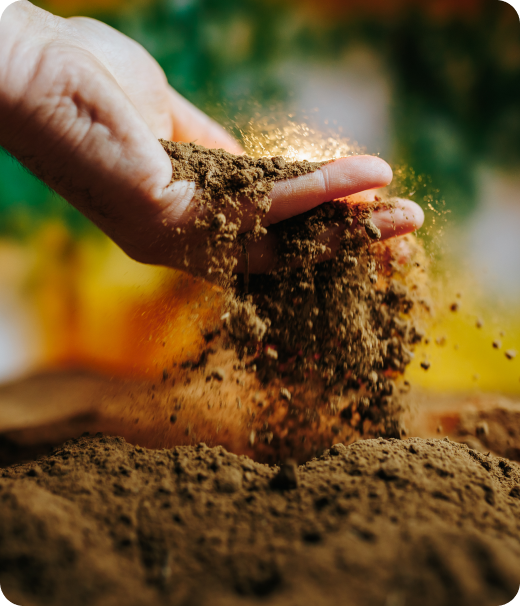
Start with Healthy Soil
Healthy soil is key to sustainable farming. To keep the soil healthy, farmers can use compost and natural fertilizers. For example, adding compost to the soil can help it stay rich and full of nutrients. Also, rotating crops helps keep the soil strong and stops it from getting worn out. By taking care of the soil, farmers can grow better crops and save money on fertilizers. Healthy soil leads to healthy crops, which means better profits.
Water Conservation for
Better Farming
Water is precious, and farmers need to use it wisely. One way to save water is by using drip irrigation. This system helps water the crops directly at their roots, using less water than traditional methods. Another way is by collecting rainwater and using it for irrigation. Farmers can install rainwater tanks to store water for dry times. These practices help farmers reduce water costs and make sure crops stay healthy. Water conservation is great for the farm and the environment.
Use Renewable Energy on
the Farm
Renewable energy is an eco-friendly and cost-effective solution for farmers. Farmers can use solar panels to power their homes and farms. This helps reduce energy bills and lowers the farm’s carbon footprint. Wind power is another option. Wind turbines can generate electricity, especially in areas with strong winds. By using renewable energy, farmers can save money and help the environment. It’s an easy way to run the farm more efficiently while still making a profit.
Integrate Livestock into
Crop Farming
Integrating livestock into crop farming is a smart way to increase farm profits. Animals can help by fertilizing the soil with their waste. This means less need for chemical fertilizers. Also, livestock can eat crop leftovers, which reduces waste on the farm. For example, chickens can eat insects and weeds, helping keep the crops healthy. In turn, farmers can sell the animals for additional income. This method works well because it creates a balanced system where both plants and animals help each other.
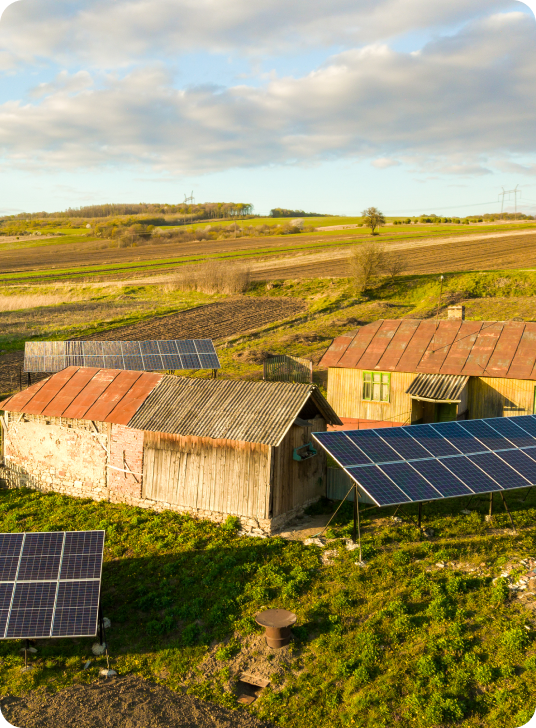

Reduce Waste and Recycle
Farmers can increase their profits by reducing waste and recycling. For instance, leftover food scraps or crop residues can be composted and turned into useful fertilizer. Additionally, old equipment can be repaired or recycled, which saves money on new tools. Also, recycling plastics and metals helps reduce landfill waste and protects the environment. By recycling and reducing waste, farmers can cut costs and become more sustainable. This not only benefits the farm but also the planet.
Diversify Your Products
To increase profits, farmers can diversify the products they offer. For example, instead of just growing one type of crop, a farmer can grow different crops that have different growing seasons. This helps the farm make money all year round. Also, farmers can sell value-added products like jams, sauces, or dried fruits. If they raise livestock, they can sell eggs, milk, or meat. Diversifying the farm’s products gives farmers more ways to make money and reduces the risk of losing everything if one crop doesn’t do well.
Build a Strong Market
Connection
Building a strong connection with customers can help farmers sell their products at a better price. One way to do this is by joining local farmers’ markets. This allows farmers to sell their fresh produce directly to consumers. Additionally, farmers can sell their products online through websites or social media. By telling their story and sharing how they use sustainable farming practices, farmers can attract more customers. A strong market connection helps farmers build trust and get higher prices for their goods.
Plan for the Future
Planning is important for sustainable farming. Farmers need to think about the future and make sure they are using resources wisely. For example, farmers can plan crop rotations, buy only the tools they need, and invest in sustainable technology. This helps the farm stay productive and profitable for many years. Also, farmers should keep up with new farming trends and technologies. This way, they can stay competitive and make the best choices for their farm. Planning for the future ensures the farm will succeed in the long run.
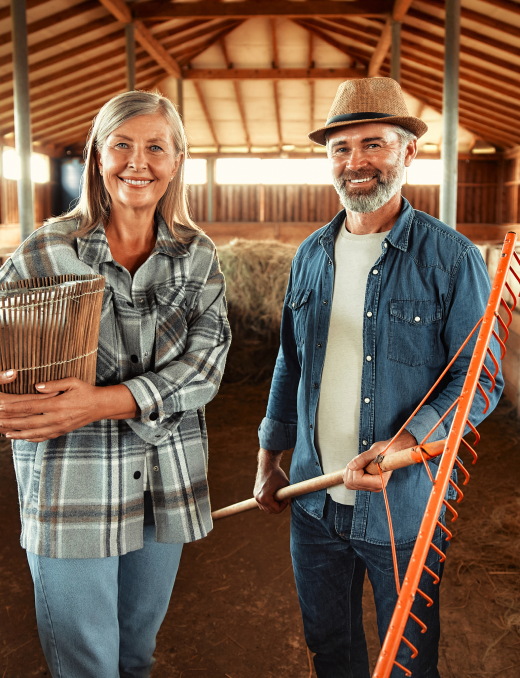
Conclusion
In conclusion, sustainable farming is a great way to stay profitable and protect the environment. By using healthy soil, conserving water, using renewable energy, and integrating livestock, farmers can make their farms more efficient. Reducing waste, diversifying products, and building market connections will also help increase profits. Finally, planning for the future will keep the farm running smoothly. Sustainable farming is the best way to grow crops, raise animals, and make a good living while protecting the Earth for future generations.




